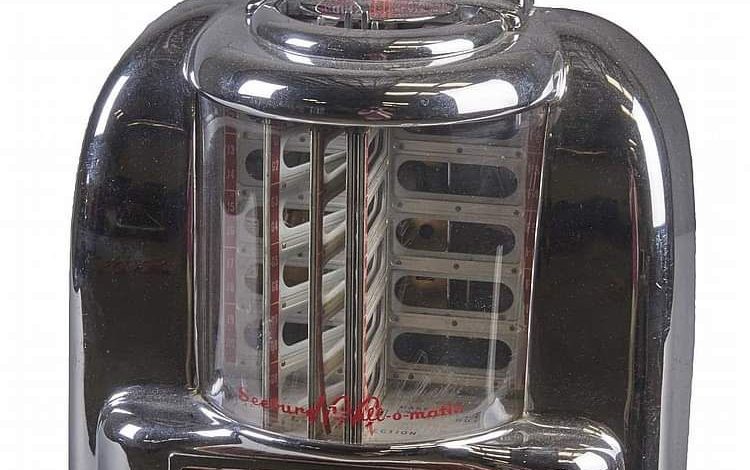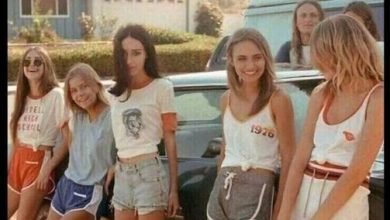
ADVERTISEMENT
The Vintage Tabletop Jukebox Selector: A Nostalgic Icon
The item in the image is a vintage tabletop jukebox selector, a device that epitomizes the golden era of diners, cafes, and entertainment during the mid-20th century. These compact units, typically found on tables or counters, allowed patrons to browse and select songs to play on a centralized jukebox system. Here’s an in-depth look at its history, functionality, and cultural significance:
1. Overview of the Tabletop Jukebox Selector
The tabletop jukebox selector was designed to bring music closer to customers in public spaces. While the main jukebox was often placed elsewhere in the establishment, these selectors allowed individuals to browse available songs and make their choices without leaving their seats. The one depicted in the image likely dates back to the 1940s or 1950s, during the peak of jukebox popularity.
ADVERTISEMENT
2. Features and Design
Key features of these tabletop units include:
- Chrome Finish: The shiny, durable chrome body exudes the Art Deco style prevalent in mid-century design.
- Alphabetical and Numerical Song Selection: The buttons labeled A-J and 1-10 enabled users to enter a code corresponding to their desired track.
- Coin Slot Mechanism: Customers inserted coins (nickels, dimes, or quarters) to purchase songs. The labels often advertised the cost per play, as seen in this model.
- Visible Song Panels: The rotating panels displayed the available song titles and artist names. Patrons could browse and flip through the list before making their selections.
- Centralized Connection: These units were linked to a larger jukebox via wires, which played the selected songs for the entire venue.
3. Technological Functionality
The tabletop jukebox selector worked as a remote control for the main jukebox. After inserting a coin and pressing the desired song code, an electrical signal would be sent to the central unit. This triggered the main jukebox to queue and play the chosen track. Some advanced models even allowed for volume control or played different songs on multiple selectors simultaneously.
4. Cultural Significance
The tabletop jukebox selector became an iconic symbol of the 1940s-1960s American lifestyle. Here’s why:
- Social Connection: These devices encouraged communal listening, bringing people together over shared music experiences.
- Golden Age of Music: During this time, jukeboxes featured a wide variety of music genres, from jazz and big band to rock ‘n’ roll. They became a way to democratize music and give exposure to new artists.
- Diner Aesthetic: Tabletop selectors were a hallmark of diners and soda shops, contributing to their nostalgic charm. They often appeared in movies, TV shows, and advertisements, further cementing their iconic status.
5. The Decline of Jukebox Selectors
With the advent of personal music devices, home stereos, and digital streaming, the popularity of jukeboxes and their selectors began to wane in the 1970s and 1980s. Many were decommissioned, but they remained highly collectible and cherished by enthusiasts of retro Americana.
6. Collectibility and Legacy
Today, vintage tabletop jukebox selectors are prized collectibles. They:
ADVERTISEMENT
- Serve as Decorative Pieces: Often used as statement decor in retro-themed homes, bars, and restaurants.
- Carry Historical Value: These devices tell the story of technological innovation in the entertainment industry.
- Appeal to Music Lovers: They evoke nostalgia for a time when music was a communal experience, tied to a specific era of culture and design.
Conclusion
The tabletop jukebox selector, as shown in the image, represents a time when music brought people together in public spaces, fostering a shared appreciation for artistry and innovation. Its timeless design and nostalgic appeal ensure its legacy endures as a treasured piece of Americana.
If you’d like more details about jukebox history, restoration tips, or its role in pop culture, feel free to ask!




